Edingale Flood Plan
- Version
- Download 2
- File Size 599.44 KB
- File Count 1
- Create Date 5 September 2024
- Last Updated 5 September 2024
Edingale Flood Plan
Flood Plan
Introduction
Edingale Parish Council has prepared this Flood Plan in order to improve communications with residents and other agencies before, during and after any flooding incidents.
How flooding affects the parish of Edingale
The parish of Edingale has a population of around 633 people and an area of around 2100 acres. Much of the northern border of the parish comprises the boundary with Derbyshire, but the remaining borders to south and east are, but for one short land boundary, the rivers Mease, Tame and Trent. The Tame joins the Trent and almost immediately, the River Mease has its confluence with the Trent all in the parish.
The main traffic routes out of the village of Edingale and hamlet of Croxall are to the A513 towards Lichfield/Burton; Birmingham/Derby, or the rural road through Harlaston to Tamworth. Edingale is affected by flooding nearly every year; and often, several times a year. However, there is (as yet) little or no damage to domestic property in our flooding events. The two major impacts of flooding are to block the main routes in and out of the village and the effect on farming use and patterns as a significant land area is underwater.
Flooding commonly occurs in three stages:
1. A ‘pluvial’ or ‘rain run off’ flood from fields/hard landscaping causes many small floods in low lying spaces including most lanes, blocking almost all routes, but not usually with deep water. The pluvial flooding also rises in the village settlement itself and it is at this point that sewage sometimes mixes with flood water in Pessall Lane near Mary Howard school.
2. ‘Fluvial’ or river flooding whereby: within a day, the Mease will rise to block the road to Harlaston with deep water; and the Mill at Clifton (an alternative route to Tamworth). The Harlaston Road flood is usually impassable to most domestic vehicles.
3. Usually, on day two, the Tame rises to flood the A513 at Croxall with deep water. The rising of the Tame backs up the Mease to close Catton Lane to Walton on Trent (an alternative access north from Croxall to the A38). On day three onwards, the Trent gradually rises towards Burton and the north. By day four to five, most routes are substantially clear again.
There is a third directional route out of the village eastwards towards the A42/M42 junction near Measham. These roads often flood on day one but may be clear again on days two or three, depending on rainfall.
Villagers in Edingale know it floods; and most will broadly understand the sequencing of river flows, but they struggle to get to work or college during flooding events. The main secondary school for the parish lies on the other side of the Tame/Trent from the parish and so school transport is often affected. Villagers use social media to warn of floods and to spread intelligence about impacts. As floods have appeared to worsen in recent years – perhaps the expected outcome of climate change – villagers’ concerns have risen significantly. A particular concern is the lack of access for Emergency Services to the village during flooding as the routes most likely to be closed are to Staffordshire/West Midlands and the routes open towards Derbyshire/Leicestershire and East Midlands.
Before a flood
How will information be communicated to residents and relevant agencies?
• Publicise how to get flood alerts and encourage residents to subscribe to these
• Publicise how to make a personal flood plan and make available on notice board and website
• Publicise contact details list of EA, Highways, Severn Trent etc on website
• Ask for a volunteer in each locality to offer to pass on information for those not on Facebook
• Plan who is to inform the Clerk in order that reports can be made to Highways etc
• Maintain contact with Staffordshire Highways about depth markers
• Contact SCC, EA and Severn Trent giving details of recent flooding in Edingale and ask for support.
• Meet Severn Trent to explain issues affecting drainage.
• Keep in contact Sarah Edwards M.P. about flooding matters and electronic depth markers.
• Where appropriate, liaise with EA to clear rivers and other agencies to clear gullies, ditches, gutters.
During a flood
• Report to Highways or other agencies to ensure road closures are signed and any drain clearance or pumping is requested
• Regularly keep up to date with local information and pass on to local Facebook pages
• Flash flooding including sewage to be reported to Severn Trent
After a flood
• Keep a log of incidents and report promptly to relevant agencies
• Request removal of signage by SCC
• Evaluate and assess improvements needed.
Who does what during a Flood?
Environment Agency (EA)
• Issue flood warnings; https://check-for-flooding.service.gov.uk/alerts-and-warnings
• Receive and record details of flooding incidents;
• Monitor the situation and advise other organisations;
• Deal with emergency repairs and blockages on main rivers and own structures;
• Respond to pollution incidents
Staffordshire County Council (SCC)
• Co-ordinate emergency arrangements;
• Maintain safe conditions on the roads, put flood warning signs on highways, organise road closures and traffic diversions;
• Clear blockages on highway drainage systems, take action to protect property from flooding by water from the highway
• Contact on https://apps2.staffordshire.gov.uk/web/reportfault
Severn Trent
• Clear blockages on public sewers;
• Take action to protect property from flooding by water from the public water mains or discharges from the public sewerage systems.
Appendices and useful links
Appendix 1
Information from Staffordshire Prepared – see link
Staffordshire Prepared - Flooding
Appendix 2
Information from Staffordshire County Council
Preparing for emergencies - Staffordshire County Council
Appendix 3
Government advice on a Community Flood Plan
Community flood plan - GOV.UK (www.gov.uk)
Appendix 4
How to make a personal Flood Plan
https://www.gov.uk/government/publications/personal-flood-plan
